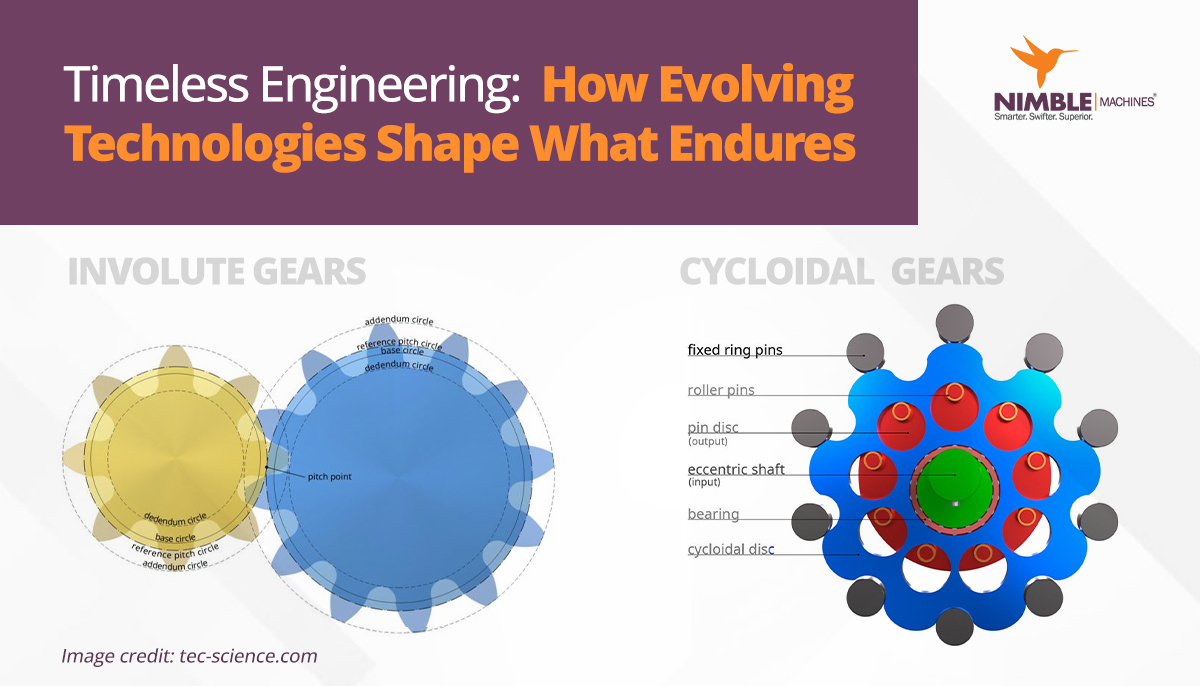Timeless Engineering: How Evolving Technologies Shape What Endures

Technology is always evolving. From machines that cut through hardened steel to the delicate gears of a wristwatch, engineering keeps adapting to meet new demands. Yet, sometimes, the oldest solutions remain the most enduring.
Take gears, for example.
Most modern machinery—from cars to CNC gear hobbing systems—relies on involute gears. Their popularity is no accident. Involute profiles are easy to manufacture, work reliably even with slight misalignment, and have become the industry standard in automotive, robotics, and industrial applications.
But step into the world of watchmaking, and the story shifts.
Mechanical watches, marvels of precision and elegance, still rely on cycloidal gears—a design with history as fascinating as its engineering.
Cycloidal gears once powered WWII bomb timers and mechanical fuses, prized for their smoother motion, reduced sliding friction, and compact design.
In timepieces, these very qualities became invaluable, allowing watchmakers to achieve the delicate balance of accuracy and longevity.
So, while modern technology pushed industries toward the practical efficiency of involute gears, horology held onto the cycloidal profile. Not out of resistance to change, but because in the pursuit of micro-precision, cycloidal gears remain unmatched.
This dual story of gears tells us something larger about engineering progress: evolution is not always about replacement but about choosing what works best for the task.
Sometimes, the future belongs to the newest innovation. And sometimes, the most lasting solutions are those that have already proven their worth across generations.

